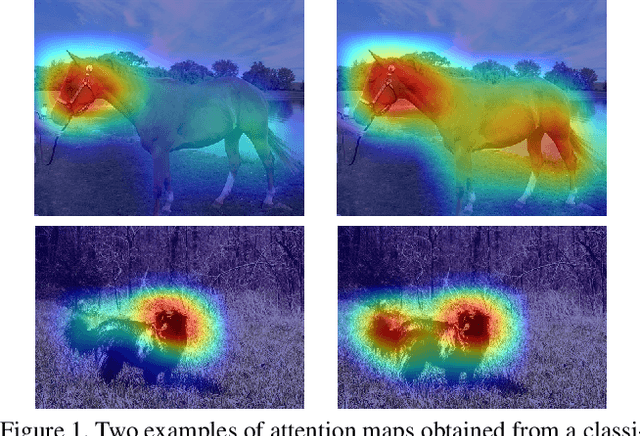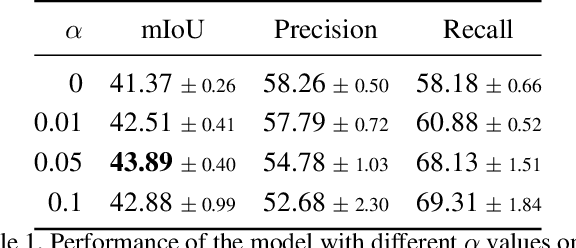Find it if You Can: End-to-End Adversarial Erasing for Weakly-Supervised Semantic Segmentation
Paper and Code
Nov 09, 2020



Semantic segmentation is a task that traditionally requires a large dataset of pixel-level ground truth labels, which is time-consuming and expensive to obtain. Recent advancements in the weakly-supervised setting show that reasonable performance can be obtained by using only image-level labels. Classification is often used as a proxy task to train a deep neural network from which attention maps are extracted. However, the classification task needs only the minimum evidence to make predictions, hence it focuses on the most discriminative object regions. To overcome this problem, we propose a novel formulation of adversarial erasing of the attention maps. In contrast to previous adversarial erasing methods, we optimize two networks with opposing loss functions, which eliminates the requirement of certain suboptimal strategies; for instance, having multiple training steps that complicate the training process or a weight sharing policy between networks operating on different distributions that might be suboptimal for performance. The proposed solution does not require saliency masks, instead it uses a regularization loss to prevent the attention maps from spreading to less discriminative object regions. Our experiments on the Pascal VOC dataset demonstrate that our adversarial approach increases segmentation performance by 2.1 mIoU compared to our baseline and by 1.0 mIoU compared to previous adversarial erasing approaches.
 Add to Chrome
Add to Chrome Add to Firefox
Add to Firefox Add to Edge
Add to Edge